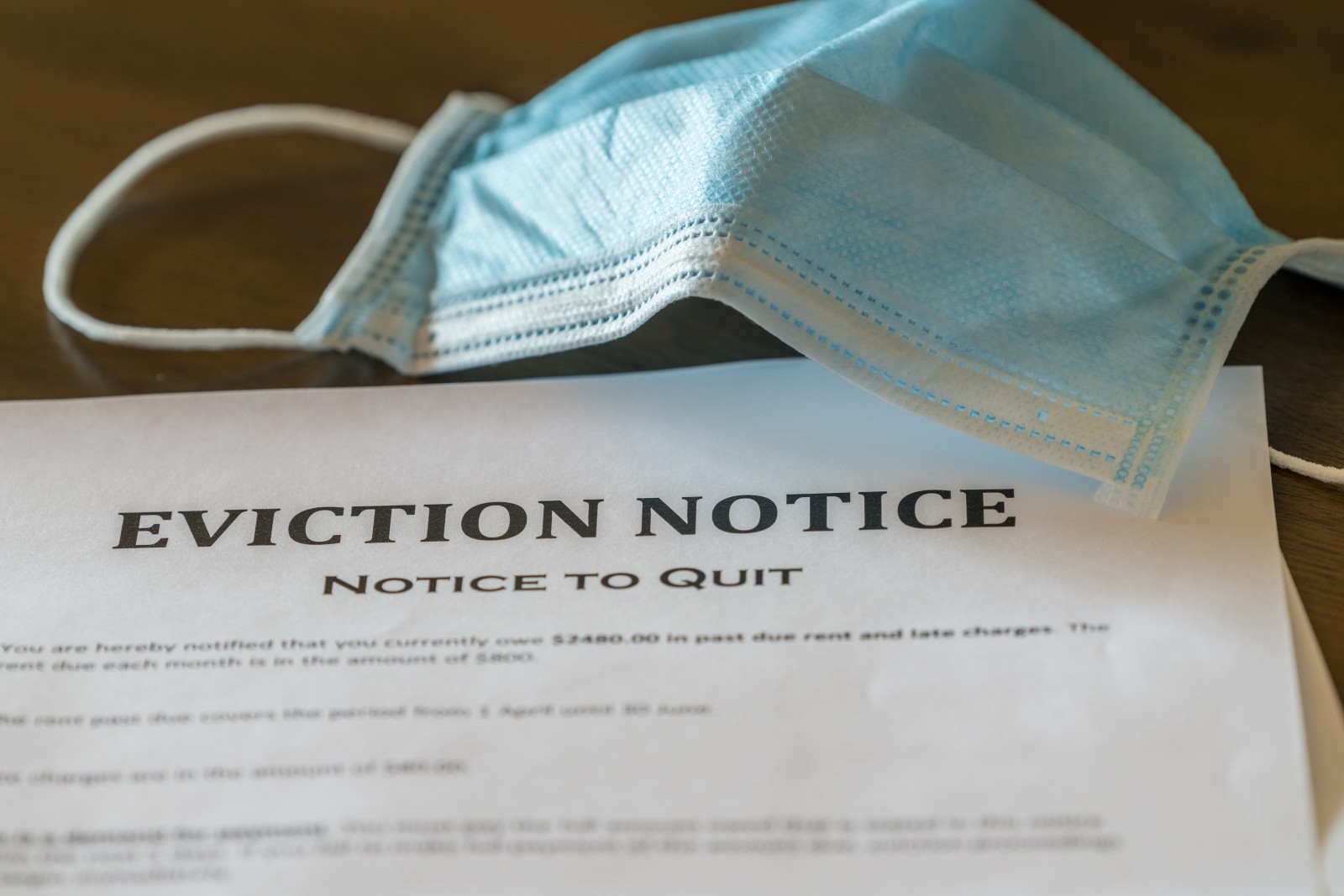After Supreme Court Ruling, More Than 3 Million Americans Are Still At-Risk of Eviction
Some 3 million Americans are at risk of eviction, and Zillow estimates there will be about 485,499 eviction filings in the next two months.

Some 3 million Americans are at risk of eviction, and Zillow estimates there will be about 485,499 eviction filings in the next two months.

Nearly 500,000 more people in the U.S. have fallen behind on rent since July, according to Census Household Pulse Survey (HPS), and more than 7.9 million U.S. households overall are behind on payments. About 3 million of those are at risk of eviction, but Zillow projects fewer will actually be evicted. With additional uncertainty about what will happen, Zillow estimates there will be about 485,499 eviction filings in the next two months, with a projected 267,835 likely to be evicted.
After the federal eviction moratorium expired on July 31, the U.S. Centers for Disease Control and Prevention imposed a new policy to prevent evictions in areas with high COVID infection rates. However, last week the Supreme Court blocked the new ban, leaving an increasing number of renters at-risk of eviction this fall and unleashing a new wave of uncertainty for at-risk renters.
Renter confidence has also decreased, with more at-risk renters believing they are very likely to be evicted. As of August, 20.2% believe they are “very likely” to be evicted, compared to 18.9% in July. According to the most recent HPS, 24.5% of not-current renters say they are “somewhat likely” to be evicted, along with 25.4% “not very likely,” and 25.3% “not at all likely.”
While Zillow’s projections suggest a large-scale evictions crisis may be avoided, there is likely to be an uptick in the number of evictions following this ruling compared to historic norms. Zillow projects evictions will be 1.5x what would have been typical pre-pandemic — not a huge wave, but still a painful reality for many individual households. However, projections of renters at risk, number of filings, and actual evictions have all increased since July, and uncertainty still remains as to what the number of eventual evictions will be.
Local eviction moratoriums are still in place in many parts of the country, but it is unknown if they will be extended further. Individually, many landlords could choose to work with tenants on a mutually beneficial repayment plan rather than evicting. The pace of the economic recovery as businesses reopen and jobs return, plus the speed of relief distribution, will also help determine the extent to which tenants behind on rent can catch up. The Supreme Court decision will place a greater focus on upcoming data expected to reveal the pace of the recovery, most notably the August Jobs Report due Friday, Sept. 3.
Evictions affect lower-income renters more acutely, and we know that without some form of aid, they face a higher threat of eviction as moratoriums expire. Eviction moratoriums that leverage federal relief for landlords and property managers in addition to effective rental assistance programs are the most mutually beneficial solution to help mitigate the economic impacts of COVID-19, keep renters in their homes and keep landlords current on payments.
With the Supreme Court’s recent decision, it is now more important than ever that the billions in federal aid previously appropriated by Congress are disbursed. To date, $5.1 of the $46.5 billion in renter relief has been distributed by states. Impacted tenants and landlords should visit the Consumer Financial Protection Bureau’s website for information about how to find and access relief funds.